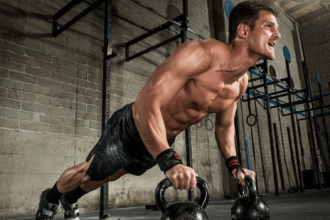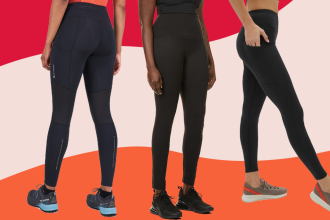Your appearance and functional needs have a major role to play while deciding the right prosthetic implant for you. Although there are several types of Prosthesis depending on the injury and other external conditions, the four main types to consider are –
· Transradial – This involves a prosthetic limb that attaches below the elbow. They are either cable-operated limbs that work by attaching a harness and cable around the opposite shoulder of the damaged arm or myoelectric arms that detect muscle movement in the upper arm using specialized sensors, thus, enabling hand movements.
· Transhumeral – This type of Prosthesis is worn by upper elbow amputees and tends to be more sophisticated than a transradial prosthesis since the elbow functionality is absent.
· Transtibial – A transtibial prosthesis functions like an artificial leg below the knee. Their primary function is to distribute the load and provide comfort evenly.
· Transfemoral – This prosthetic replaces any amputated limb above the knee. Since this is the most challenging Prosthesis among the four, they are often made up of high-quality raw material known as polypropylene.
How to choose the right prosthetic for you?
Since a prosthetic can never replace a human limb functionally and aesthetically, it is important to prioritize your needs. If you are physically active throughout the day, then functionality would be more important to you than the aesthetics of the limb. If your profession requires you to be well-groomed all the time, then aesthetics take precedence. If both are equally important, you would need both types of prosthetics. There are multiple other factors to consider that would help you make the right choice while buying a prosthetic such as the level of amputation, costs, etc.
Apart from the factors mentioned above, you should also be clear about the following questions:
· How much pain do you have?
· What was the level of activity before amputation?
· What are your goals with the prosthetic hand?
· Is the other hand healthy?
Each person is unique when it comes to prosthetics. It is crucial to work closely with your prosthetist when deciding to get the right type and fit. Furthermore, once you have selected which prosthetic type you want, you should also consider rehabilitation to strengthen your hand as you learn to function with your new hand.
How long will a prosthesis last?
The lifespan of a prosthesis depends on several factors, and it varies from patient to patient. Some prosthesis may wear out faster due to heavy usage or wear and tear. For instance, an athlete would need to replace his prosthesis sooner than an IT employee. There are also instances where the residual limb may change its size after amputation, due to which the prosthesis would need to be replaced. Some patients may find out that their needs change over time and accordingly change their prosthesis. At the end of the day, how well a user takes care of the prosthesis will significantly impact the prosthesis’s life.
Quality of life
It is important to stay active and regularly communicate with your prosthetist to maintain strength and improve prosthetic outcomes. A healthy, nutritious diet is equally important to build bone tissue and strengthening muscles. Strong muscles will reduce the load on the prosthetic, thus improving its lifespan.
BUILD A HAND
If you are someone who thinks getting prosthetic hands is costly and out of your budget – this is the right place for you. Build-a-Hand virtual team building kits has been delivering prosthetic hands to amputees across the globs at the most reasonable prices.















